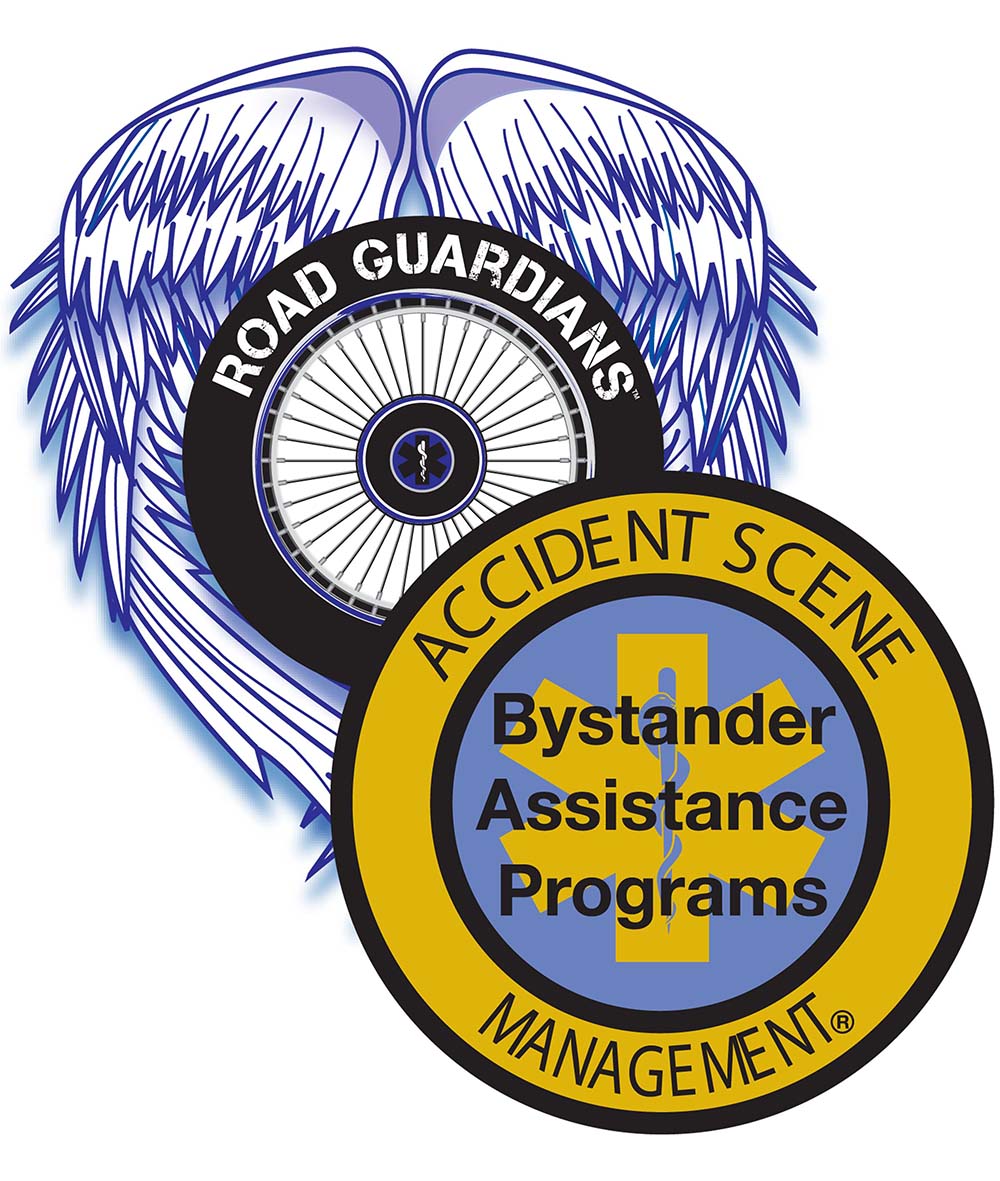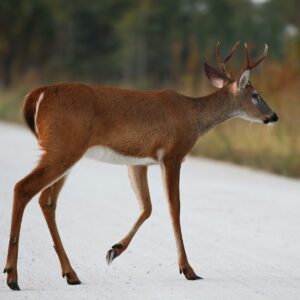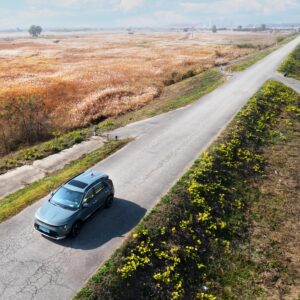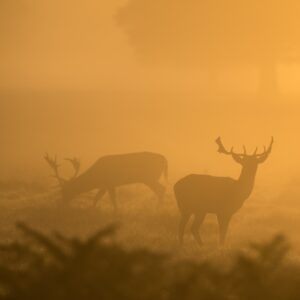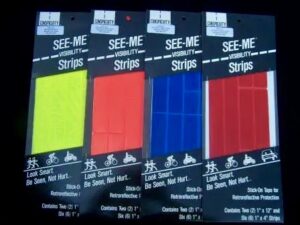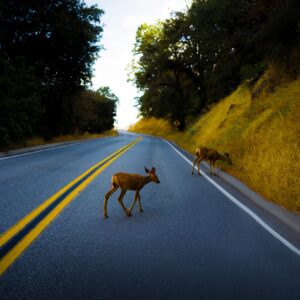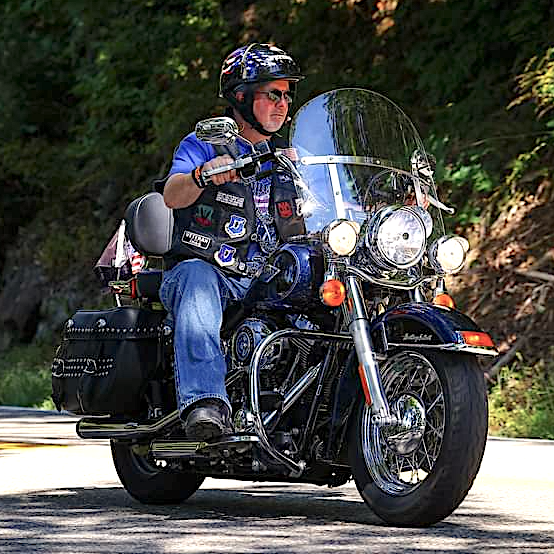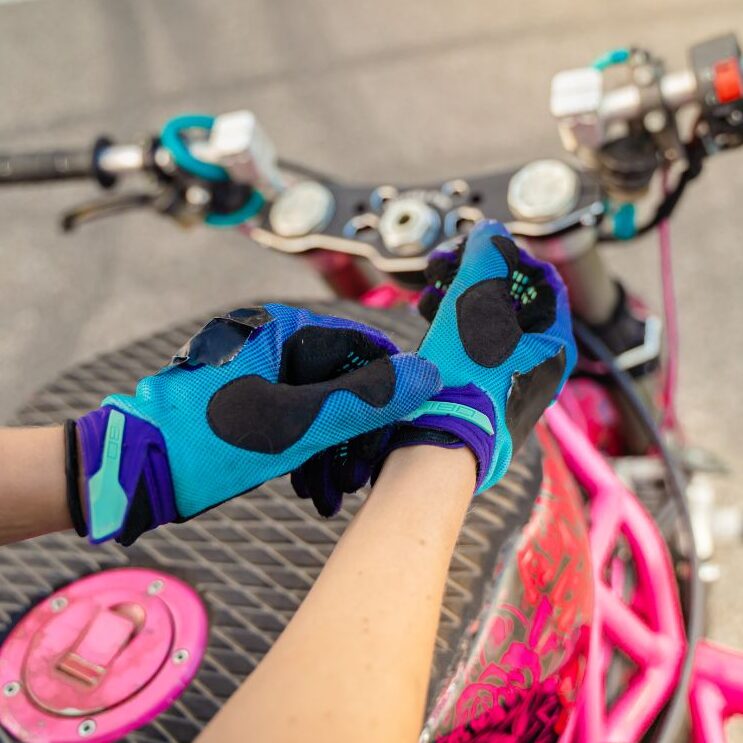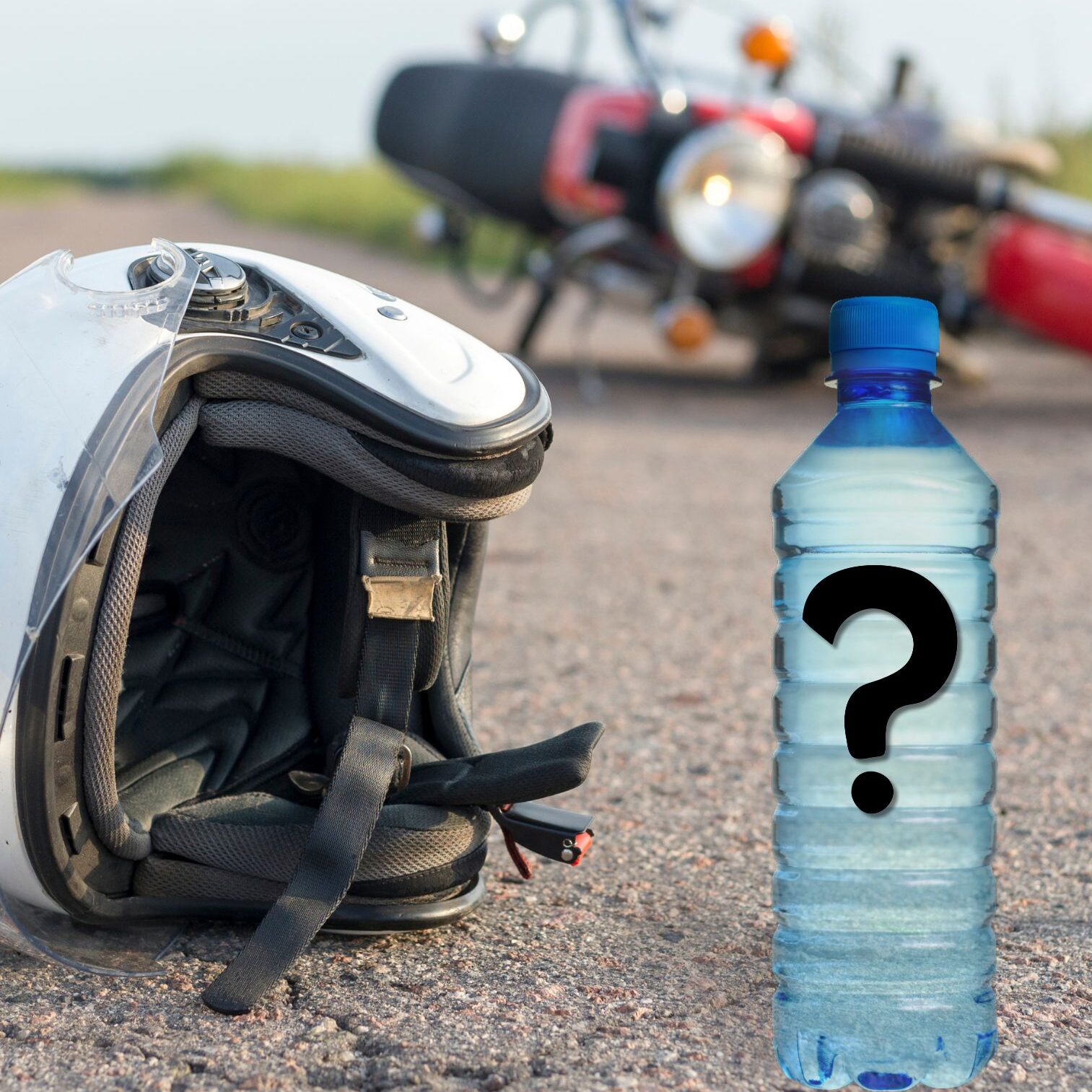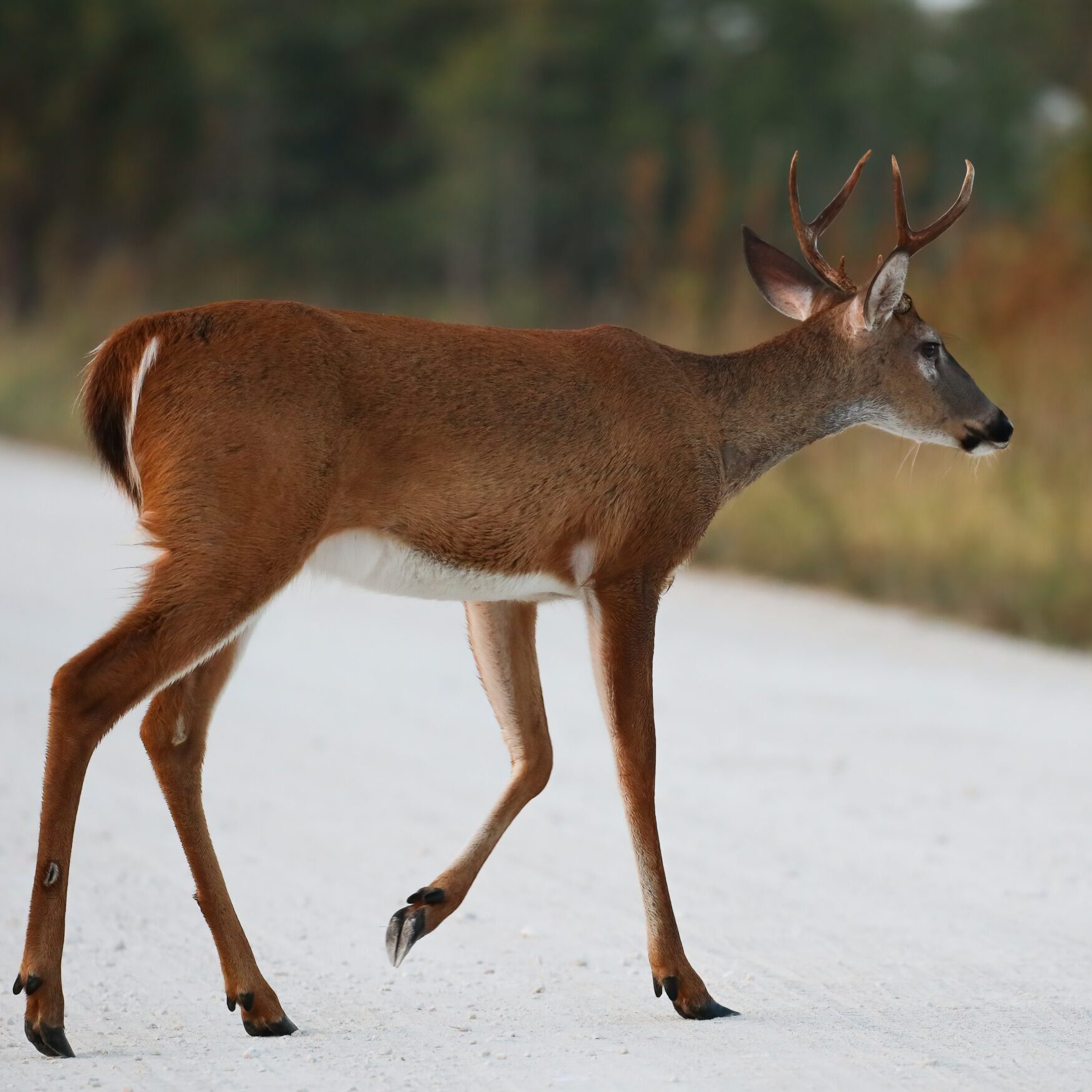
It’s that time of year, deer season. While deer are around all year, the population actually peaks in the spring. However the risk of hitting them on the road peaks October through December. This is during their annual rut, meaning they are on the move during this time of year. It’s also the time of year when mature adults weigh the most, making collisions much worse. You are able to find deer any time of day but it is most common to see them near road ways from dusk to midnight, and then again at dawn. Now you know when to be extra careful, let’s talk about other tips to help avoid deer on the road.
By far the best thing you can do is know deer behavior. Learn to identify edge habitat and prime food sources like standing corn, mast crops like acorns, and orchards, deer are likely to be there. Deer are known to travel through corridors like tree lines, hedgerows, and gullies. To avoid these deer, ask yourself questions such as, Are you traveling through areas like this? How close is the tree line? When was the right-of-way mowed last? If the grass in the ditch is waist high, you won’t see deer until they step right onto the shoulder. Processing that additional visual information means slowing down for safety.
Deer are heard animals. If you see one it is more than likely that more are around, hidden away in the shadows. They are also fleet animals that run in a zig-zag pattern to get away. If you really give them a scare, they may even turn around quickly and attempt to jump back over you.
After learning deer behavior and the timing they are likely out, here are a few tips within your control.
Wear the gear to protect your self incase you do have an unwanted animal experience. Have reflective surfaces on your gear and bike so you can be seen not only by the animals but other drivers as well. If your favorite gear doesn’t already have reflective surfaces check these out, you can apply them to what you already own.
Don’t over ride your headlight. If you can ride behind a car, do so at a safe distance. This allows you to use their headlights to increase your visibility.
If you’re riding in a group, increase your following distance and ride in staggered formation to give each rider time and space to brake and take evasive action if needed. If you see deer ahead, slow down and do something so following riders notice, (for example, raise an arm, stick out a leg, or flash your brake light). If you pass deer near the road, consider flashing your high beam or honking to warn oncoming drivers and riders.
Another step you may want to practice is emergency stops. Play out scenarios in your head, practice slowing down and aggressively counter steering, aiming at gaps to get around “the deer”.
One last recommendation is taking an Accident Scene Management Class and carry a trauma pack. If you or a friend do go down you want to be prepared to help one another, with the knowledge and supplies to do so.
In conclusion, there are multiple steps you can take in order to avoid deer and other animals on the road. While you are riding, it’s important that you stay alert to your surroundings, especially during the fall months and during dusk and dawn. It’s also important to have the correct gear, equipment and knowledge in order to keep you and your fellow riders safe.
Do you have any tips to avoid deer or other animals on the road? Share them with us!
